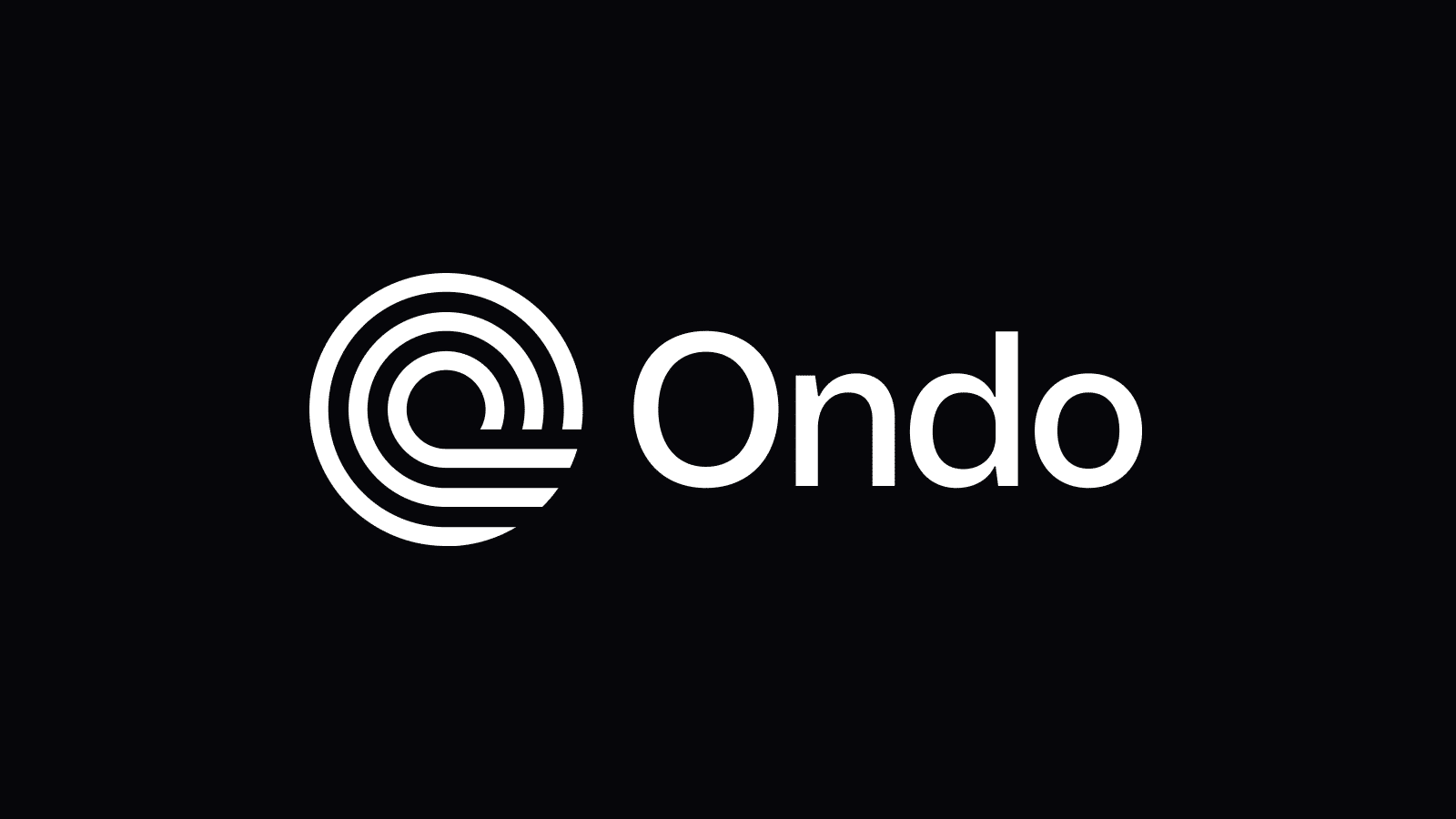Nomic Launches Bitcoin Liquid Staking Token on Cosmos Network Amid Growing Interest

join us telegram A channel to stay up to date on breaking news coverage
As the desire for Bitcoin liquidity staking solutions grows stronger, Nomic, the native blockchain supporting non-custodial Bitcoin bridges, is set to make a significant move. The team announced Wednesday plans to introduce Bitcoin (BTC) liquid staking tokens to the Cosmos ecosystem through integration with Babylon, the Bitcoin network’s staking protocol.
What is Cosmos?
Cosmos Blockchain is designed to solve key issues in the blockchain sector, including interoperability, scalability, and ease of use. It utilizes the Inter-Blockchain Communication (IBC) protocol to allow various blockchain networks to exchange information and value directly. This feature is useful for developers who want to create decentralized applications that work on different blockchain systems.
Cosmos provides a modular framework that simplifies the process of developing custom blockchains suited to specific applications and improves performance. The well-known THORChain ecosystem, which has gained a lot of popularity during the recent bull market, runs on the Cosmos SDK (Software Development Kit) and is a project built for cross-chain operability.
What is nomic?
Nomic is a layer 1 blockchain designed with a focus on interoperability and flexibility, aiming to serve as the foundational platform for the next generation of decentralized applications (dApps) and financial services. Fundamentally, Nomic seeks to solve some of the key challenges faced by existing blockchain infrastructure, including scalability issues, high transaction costs, and limited cross-chain communication capabilities.
Nomic aims to provide a more scalable, cost-effective, and user-friendly environment for both developers and users by leveraging advanced consensus mechanisms and a unique architecture that promotes seamless interaction between different blockchain networks. The platform’s commitment to interoperability is particularly noteworthy. This is because it enables the transfer of value and information across different blockchain ecosystems, broadening the potential for innovation within the decentralized space.
One of Nomic’s standout features is its adaptive protocol, which allows for on-chain governance and the ability for the network to evolve over time through community-driven upgrades and proposals. This approach not only ensures that Nomic can adapt to rapidly changing blockchain technology and user needs, but also empowers the community by giving it a direct stake in network development and governance.
Additionally, Nomic is prepared to support a wide range of applications, from decentralized finance (DeFi) and non-fungible tokens (NFTs) to more complex enterprise-level solutions, prioritizing security, decentralization, and user experience. As the blockchain ecosystem continues to grow and diversify, Nomic’s innovative approach to interoperability and flexibility positions Nomic as a potentially significant player in the future of decentralized technology.
What is Liquid Staking?
Liquid staking is an innovative mechanism within the cryptocurrency space that allows users to stake digital assets on a Proof-of-Stake (PoS) blockchain network while maintaining the liquidity of their staked capital. In traditional staking, users lock up cryptocurrency tokens to support network operations such as transaction verification and block creation in return for staking rewards.
However, once staked, these assets are often locked for a fixed period of time, making them illiquid and unusable for other purposes. Liquid staking addresses these limitations by issuing synthetic assets or derivatives representing the staked tokens. They can then be used in a variety of decentralized finance (DeFi) applications without unstaking the original assets.
The process involves users sending tokens to a smart contract connected to a liquid staking provider. In return, they receive an equal amount of liquid tokens, often called staking derivatives. These tokens can be traded, used as loan collateral, or utilized in other DeFi protocols. These liquid tokens are pegged to the value of the underlying staking asset and earn staking rewards over time, reflecting the returns earned from the staking process.
This mechanism ensures that users can participate in network security and governance while optimizing capital efficiency by participating in the broader DeFi ecosystem.
Liquid staking not only improves liquidity in cryptocurrency markets, but also democratizes access to staking rewards by lowering the barrier to entry. Users with small amounts of capital can engage in staking activities that they may be excluded from due to minimum staking requirements or the illiquid nature of traditional staking. Additionally, liquid staking contributes to the security and decentralization of PoS networks by promoting broader participation in staking.
Despite its benefits, liquid staking introduces complexities related to synthetic asset management and regulatory considerations, so it is important to understand the mechanisms and risks associated with this innovative approach to staking in the blockchain ecosystem.
Liquid Staking by COSMOS
The concept of Liquid Staking Tokens (LST) has grown significantly in popularity. As of Tuesday, LSTs are at the forefront of DeFi applications, accounting for approximately $54 billion in total value locked (TVL), according to data from DeFiLlama. . This surge in interest is largely due to the appeal of earning staking profits while participating in DeFi protocols.
For those on the Cosmos network, this development means they can now stake BTC through Nomic’s bridge to benefit from yield returns while maintaining the liquidity of their assets. This is different from traditional BTC staking methods, which typically lock your assets for a set period of time.
introduction $stBTCBitcoin Liquid Staking Token @babylon_chain.https://t.co/b7duK3MBVs
— Nomic (@nomicbtc) April 10, 2024
Nomic’s strategy introduces an innovative way for users to leverage their staked BTC on DeFi protocols within the Cosmos ecosystem, thanks to Cosmos’ Inter-Blockchain Communication (IBC) technology protocol. This technology enables seamless interaction between various blockchains within the ecosystem, including performing transfers.
Under this new system, individuals who stake BTC on Nomic will be rewarded with NOM, Nomic’s native token, and nBTC, an IBC-compatible token that mirrors BTC 1:1. This setup not only provides BTC holders with a new avenue for yield, but also strengthens the security of Nomic’s layer 1 blockchain by leveraging stBTC and staked NOM.
Matt Bell, CEO of Turbofish and a key figure at Nomic, highlighted the potential impact of these innovations:
With the advent of innovations like stBTC, Bitcoin DeFi now has the potential to compete with Ethereum DeFi’s transaction volume and total value.
However, according to a statement from the team, the launch of stBTC on mainnet is still pending and current steps are limited to testing the functionality on Nomic’s test network.
Related news
SMOG – Meme Coin with Rewards
- Airdrop Season 1 Live Starts
- Earn XP to Win $1 Million in Stake
- Cointelegraph Special
- Staking Rewards – 42% APY
- 10% OTC discount – smogtoken.com
join us telegram A channel to stay up to date on breaking news coverage

